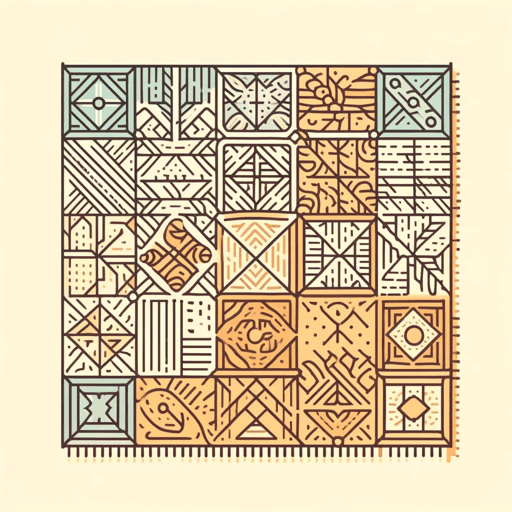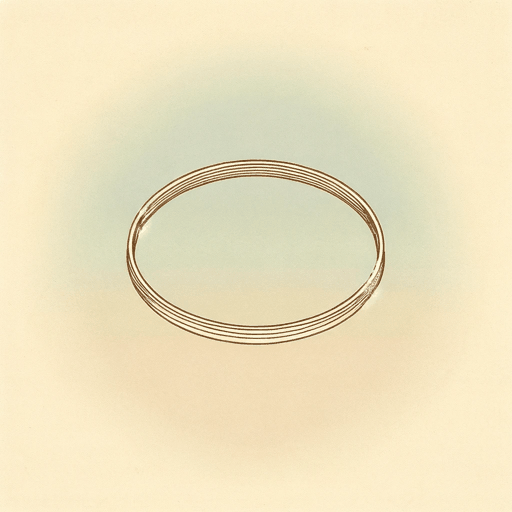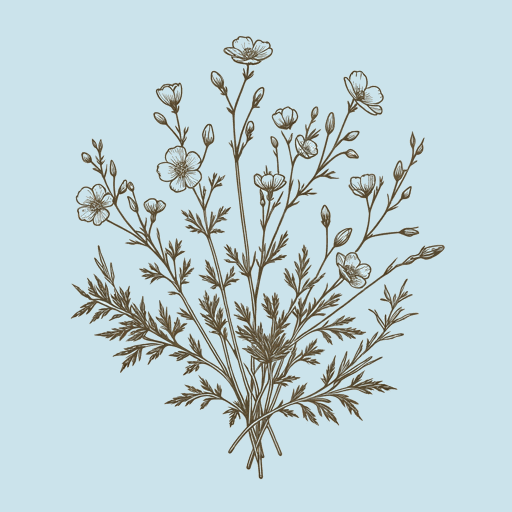73 pages • 2 hours read
Alice WalkerIn Search of Our Mothers' Gardens
Nonfiction | Essay Collection | Adult | Published in 1983A modern alternative to SparkNotes and CliffsNotes, SuperSummary offers high-quality Study Guides with detailed chapter summaries and analysis of major themes, characters, and more. For select classroom titles, we also provide Teaching Guides with discussion and quiz questions to prompt student engagement.
Part 3Chapter Summaries & Analyses
Essay 22 Summary: “In Search of Our Mothers’ Gardens”
This is an essay about the buried creativity of an older generation of black women—both slaves and the descendants of slaves. The “garden” of the title is both literal and metaphorical. Walker’s own mother was an accomplished gardener, and Walker tells explains that strangers frequently paused to admire the blooms in front of her house: “And I remember people coming to my mother’s yard to be given cuttings from her flowers; I hear again the praise showered on her because whatever rocky soil she landed on, she turned into a garden” (241). According to Walker, her mother’s gardening was her own way of “[o]rdering the universe” (241), an instinct that she believes is alive in all black women and that was not allowed expression in black female slaves. She believes that the black female artist is expressing the thwarted dreams and imaginings of her silenced mother and grandmothers: “[My mother’s] face, as she prepares the Art that is her gift, is a legacy of respect she leaves to me, for all that illuminates and cherishes life” (242).
Walker references Virginia Woolf’s essay, “A Room of One’s Own,” in discussing the effects of social oppression on the creative spirit. She inserts her own language into quotations from the essay, thereby updating and modifying it so that it references not only socially oppressed women, but specifically black female slaves.
Related Titles
By Alice Walker

By the Light of My Father's Smile
Alice Walker

Everyday Use
Alice Walker

Meridian
Alice Walker

Possessing the Secret of Joy
Alice Walker

Roselily
Alice Walker

Strong Horse Tea
Alice Walker

The Color Purple
Alice Walker

The Flowers
Alice Walker

The Temple of My Familiar
Alice Walker

The Third Life of Grange Copeland
Alice Walker

The Way Forward is with a Broken Heart
Alice Walker

To Hell with Dying
Alice Walker
.webp&w=3840&q=75)
Women
Alice Walker

